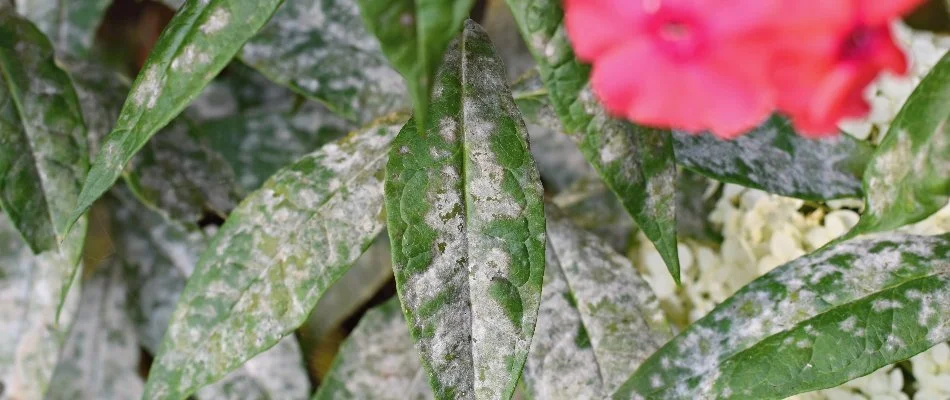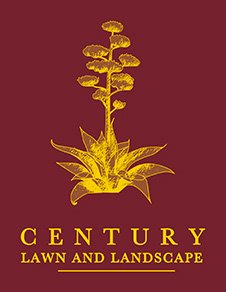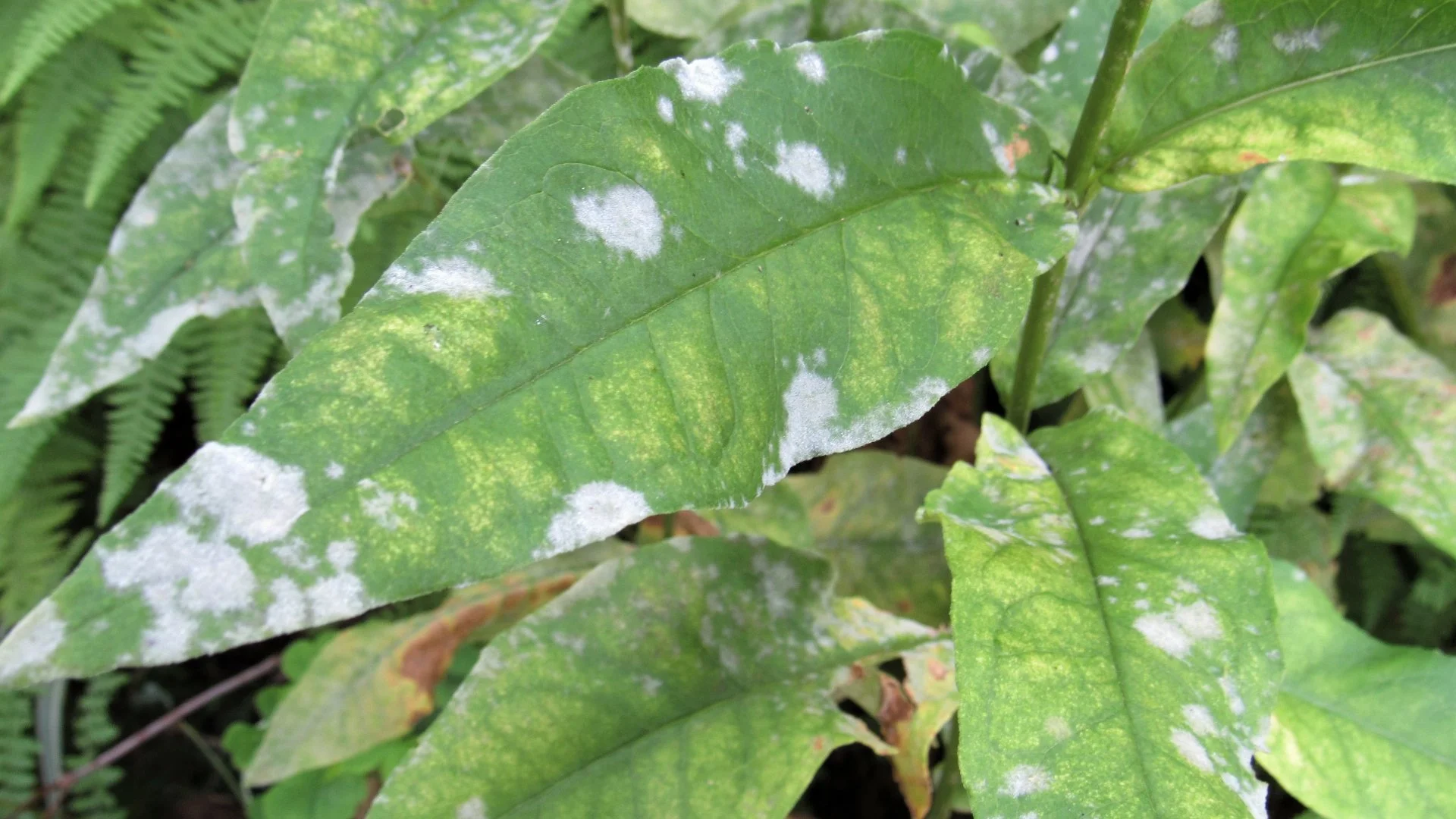Powdery mildew is a common plant disease that can be easily identified by its white to grayish spots or patches that resemble talcum powder. This disease thrives in dry, warm climates, particularly during the summer in Texas. If your shrubs are showing signs of powdery mildew, act fast to prevent the disease from spreading. Contact lawn care professionals to apply a curative treatment to your plants. It is also recommended to invest in routine fertilization applications to help nurse your shrubs back to health and to keep them from contracting diseases like powdery mildew again.
What is powdery mildew and what damage can it cause to your shrubs?

Powdery mildew is a fungal disease that affects various types of shrubbery. It is caused by different species of fungi that belong to the order Erysiphales. The fungus grows on the surface of leaves, stems, flowers, and buds, forming a white or grey powdery coating. As the disease progresses, the powdery spots may combine, leading to the yellowing, curling, and withering of the affected plant parts. Symptoms of powdery mildew typically appear first on the upper surface of leaves, but can also be seen on the lower surface. In severe cases, the leaves may become distorted or stunted, and the plant may lose vigor. Powdery mildew spores can spread through the air or by contact with contaminated objects, such as clothing or garden tools.
What time of year and what type of climate does powdery mildew thrive in?
Powdery mildew tends to thrive in warm, dry environments where the air is humid. It's a fungal disease that doesn't require moist plant tissue to grow, but it does require high humidity in the atmosphere for spore germination. As a result, summer is the ideal season for powdery mildew to develop on your shrubs. Powdery mildew typically takes hold in overgrown shrubbery, where air circulation is limited and the light is dim. The tangled mess of overgrowth makes it difficult for the foliage to dry out, which creates the perfect conditions for spores to germinate and spread.
What should you do if you think you have powdery mildew on your shrubs?
If you happen to notice a white, powdery coating on the leaves, stems, and buds of your shrubs, it is likely that they are affected by powdery mildew. To address the issue, it is recommended that you seek out help from professionals to treat it. They will be able to confirm the presence of this disease and apply a curative treatment to eliminate it. It is also helpful to fertilize your plant after treating it for powdery mildew. The additional nutrients provided by a fertilizer can aid in nursing your plant back to health. In fact, to prevent future outbreaks of powdery mildew, it is advisable to invest in routine fertilization applications. Proper fertilization can help strengthen shrubs and make them more resistant to diseases.
Schedule our shrub disease control service by calling today!
If you're concerned about your shrubs being ruined by powdery mildew, we're here to help. At Century Lawn and Landscape, we offer our shrub disease control service to effectively eliminate various plant diseases, including powdery mildew! Additionally, we also offer a shrub fertilization service to provide your plants with the nutrients they need to recover from and withstand plant diseases. With 9 years of experience in the industry, we're equipped to diagnose and treat any shrub disease that may be affecting your plants. We offer our services to residential property owners in Austin, TX, as well as in neighboring areas such as Bee Cave and Dripping Springs. To schedule an appointment, give us a call at (512) 786-1694!



Comments (0)
Thanks for your comment!
Thanks for your feedback! Your comments have been successfully submitted! Please note, all comments require admin approval prior to display.
Error submitting comment!
There is a problem with your comment, please see below and try again.